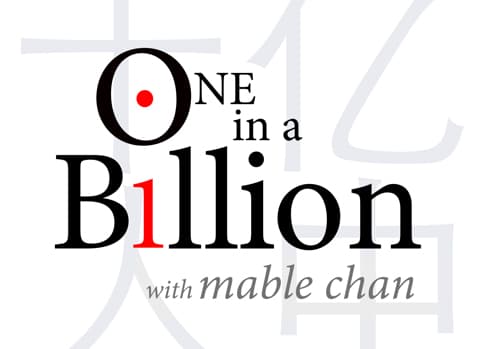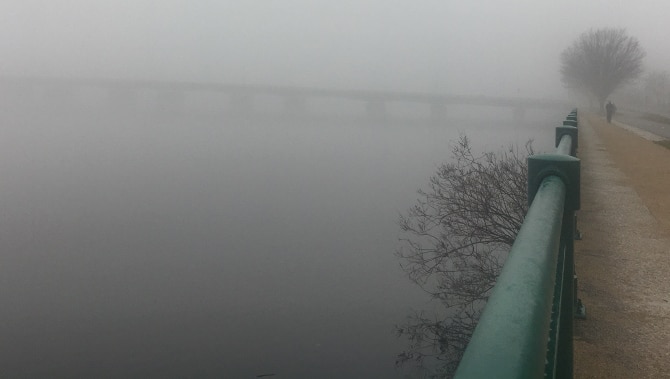How many times have you heard this trite advice from friends – it goes something like this – “Don’t worry about it, you’re not there yet. Cross the bridge when you come to it!?” For me, it had been hundreds of times both on the giving and on the receiving ends.
But what happens when you do come to the bridge: Will you cross it?
This is a key question that is less discussed.
For the first time in the seven years that I’ve lived in Cambridge, Massachusetts, I found myself asking that question, literally, as I was jogging along the Charles River and approaching the Harvard bridge at MIT. I stopped while keeping my feet in a steady step-step-step motion as if on a slow-speed treadmill. I hesitated. I peered over the 2,164-foot-long bridge over the river to Back Bay, wondering – should I cross it?
I’ll be honest, I was a bit timid. It seemed like a bridge too far for me.
Let me set the scene.
It was a Saturday morning in early December with bone-chilling temperatures in the low 30’s (F) when I was driving along the Charles River. Under a thick dense fog in the wan dawn light, I peered through the windshields to see the road ahead, and I noticed something eerie. The Memorial Drive was empty.
On a normal day, this gorgeous Charles River Basin Memorial Drive would have been lined with agile bikers and dogged joggers of all ages and sizes, huffing and puffing, moving up and down the Esplanade. The abnormal quiet felt really uncomfortable to me. But I kept driving ahead slowly. Low visibility and the misty air threatened to derail my plan. I was hoping to find a spot to stop and park, power-walk and jog briefly along the river, and then called it a day. But the haziness and the emptiness on a cold morning appealed to the nay-sayer in me. Nah, not today, not me, I told myself. Here’s a confession: I don’t have a jogger’s stamina. I run out of breath easily due to a lung collapse (congenital pneumothorax) in my adolescence. I have been aware of my physical limitations for any activities that may rob me of my breath, such as altitude, exertion, exasperation, and other forms of emotional distress.
As I pulled up to a parking spot outside the MIT Yacht Club, a jogger followed by several more solo joggers came into view. Some were young, but others were older and out of shape. All were jogging towards and past my car. They were taking their time, breathing behind their masks, keeping more than six feet apart, putting one foot in front of another, one step at a time. I was instantly inspired and energized.
I got out of my car, inhaled a deep breath of fresh air that at once opened my lungs. The frigid whiff cut my face at first, but once I started warming up my feet and kicking them in gear, moving my arms in a dramatic forward motion as if speed-skating, I was able to drive the momentum with my lighter upper body (rather than my heavier bottom!) It felt easier, less enervating and more natural. In a matter of minutes, I arrived at the Harvard bridge. There, I stopped. Doubts set in. Negative thoughts filled my mind. “Nah, not today. It’s too cold. The bridge is too long.” I got cold feet, literally. But even as I debated while standing at the edge of the bridge, I looked out and saw a couple of joggers coming towards me and cutting me a look as if asking “what are you waiting for?” before coming off the bridge. I sensed my own stupidity in wondering whether to cross the bridge when I was already there!
I am here. What is the big deal? Just step on it. I told myself.
The moment I set foot on the bridge, I felt elevated and expanded. Yes, the bridge was high above the frozen Charles River. But strangely, I felt grounded. I’d touched the bridge with my feet! I wasted no time to keep jogging at a steady pace, and when I felt my groin hurting or my breath exhausting, I simply reverted to power walking. I kept going. In so doing, I also found myself part of a bigger movement of people doing the same thing. Jogging. Power-walking. This was normal. I did it!
As I turned sideways to let other joggers pass me, I glimpsed a wider horizon of Boston on my left and Cambridge on my right. Having both feet planted in the middle of two cities gave me an oddly exhilarating sense of overcoming a great divide. Coming from Cambridge, which is west of Boston, I saw the sun beginning to rise, clearing the wisp in the sky. I looked up and felt a magical lift of my vision over the horizon, above and beyond the limitations in my head that were previously stifling my actions. I felt free, happy, and strong. My self-imposed angst and limitations were gone. My self-doubts were gone. My sense of possibilities expanded.
It dawned on me that the simple act of stepping on the bridge that I had only seen and admired while driving over it or looking at it from afar for the last seven years, had made me one with the bridge. I could see better. I could admire even more from a vastly different vantage point. And that vista was not out of reach. It was within my realm, just one small step out of a known comfort zone, had rewarded me with a brand new perspective.
At a time when we all feel confined and restricted by the pandemic, we subconsciously retreat and stay in our comfort zone. We are in survival mode and we dare not venture out or risk bodily harm. And we are right to be careful and follow Covid-19 guidelines for personal safety and public health reasons. But we must also be mindful that the bridge that seems too far may in fact be right under our nose or at our feet, as was true in my case.
As we all know, the hardest is the first step. Step on it, see for yourself what surrounds you when you stand on a bridge, a bridge that may seem too far, is in fact right here waiting for you.
On this first day of a New Year, let me wish you the courage to go forth and cross that bridge when you come to it.








